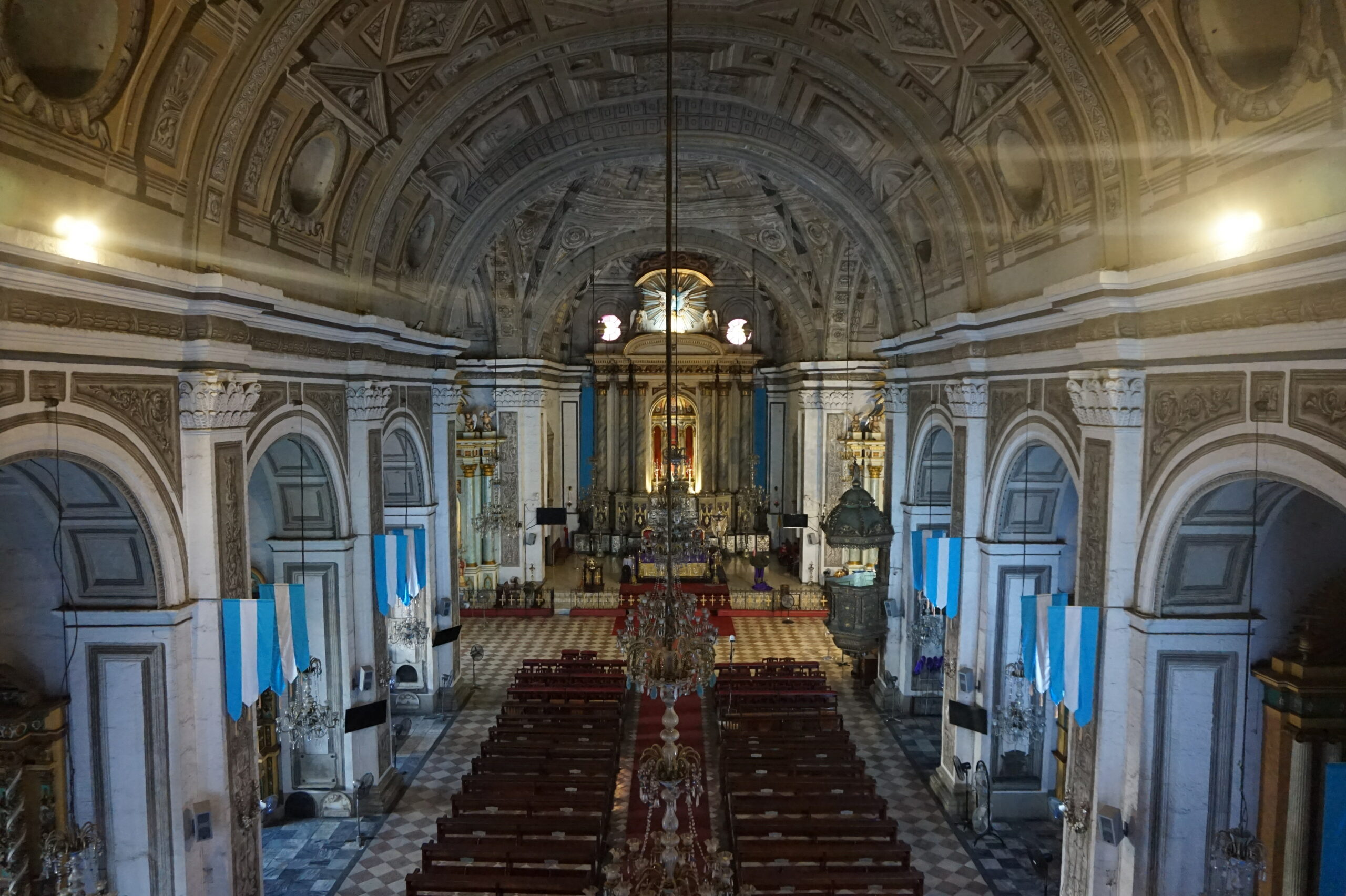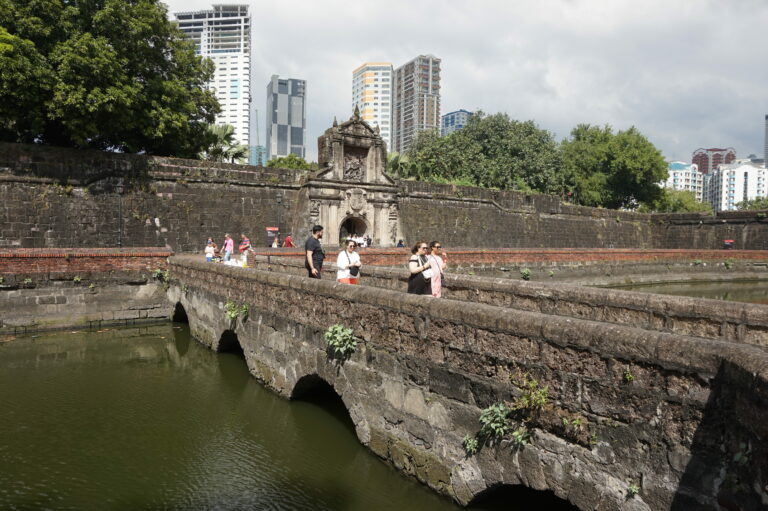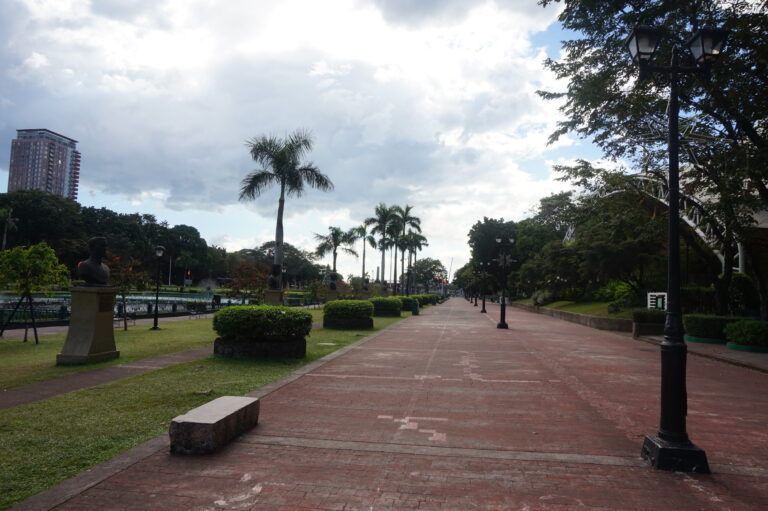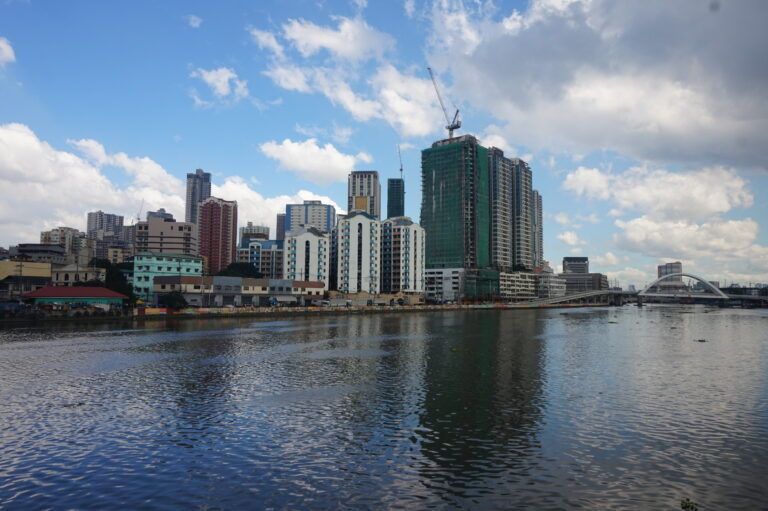San Agustin Church Manila – Travel Guide!
The San Agustin Church in Manila, Philippines is a magnificent example of baroque architecture and a reminder of the country’s colonial history. As the oldest stone church in the Philippines, it is a UNESCO World Heritage site. It’s also one of the very few buildings in Manila that survived the Battle of Manila.
This guide provides an in-depth look at the church’s rich history and is a complete guide for visitors, make sure to read it before you go!
The Historical Significance of San Agustin Church
San Agustin Church, built between 1587 and 1607, and completed in 1607, is the oldest stone church in the Philippines. It has survived many earthquakes and the destruction of World War II, making it an important symbol of the resilience and faith of the Filipino people.
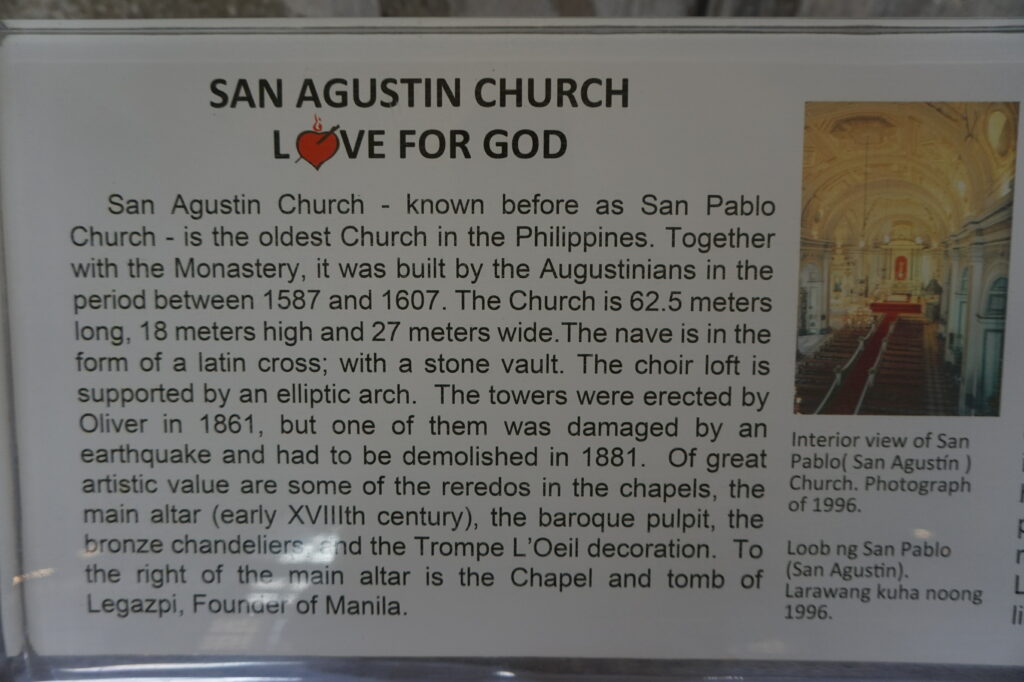
This is the main reason for me that it’s a must-visit in Manila, it’s so rich in history and a church the Filipinos are very proud of.
Practical Information for Visitors
San Agustin Church is open to visitors on most days, except during mass and private events when certain areas are restricted. Visitors are allowed to take photographs but should be respectful of the sanctity of the church.
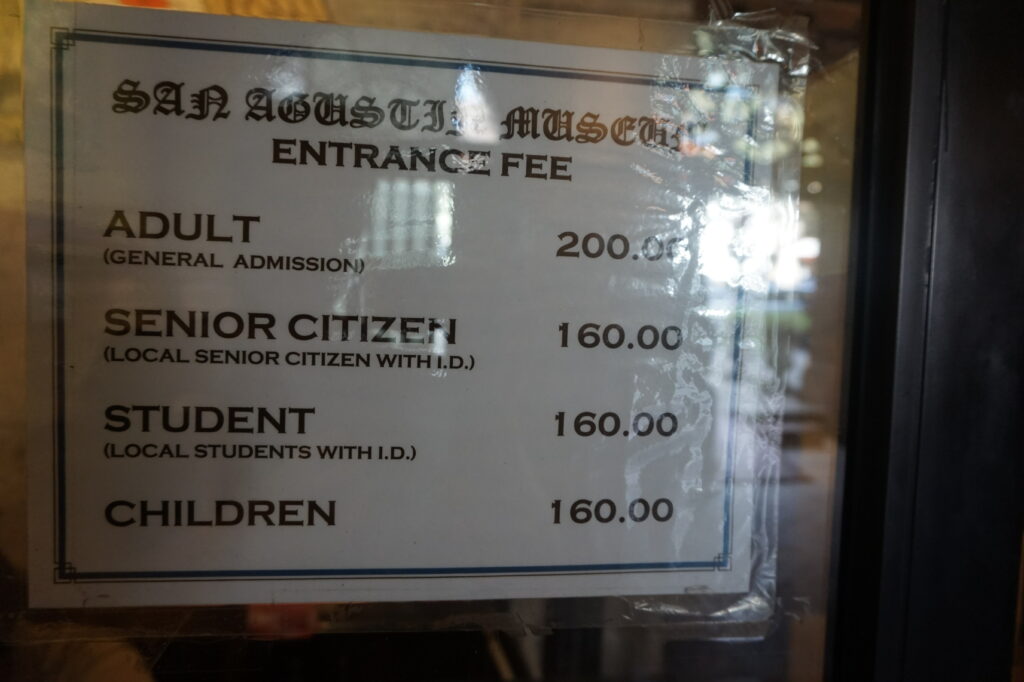
The entrance fee is PHP 200 for the museum (160 for children), which helps in the maintenance and preservation of the church and its artifacts. Student and Senior citizen discounts only apply to locals.
You can enter the church for free, but you can not walk around it when there’s a mass going on. I recommend going straight to the entrance of the museum and paying the entrance fee. From the museum, you can also access the front of the church which is a restricted area if you don’t pay the entrance fee.
Opening hours: 8:00 am -12:00 pm and 1:00 pm – 5:00 pm, closed on Mondays.
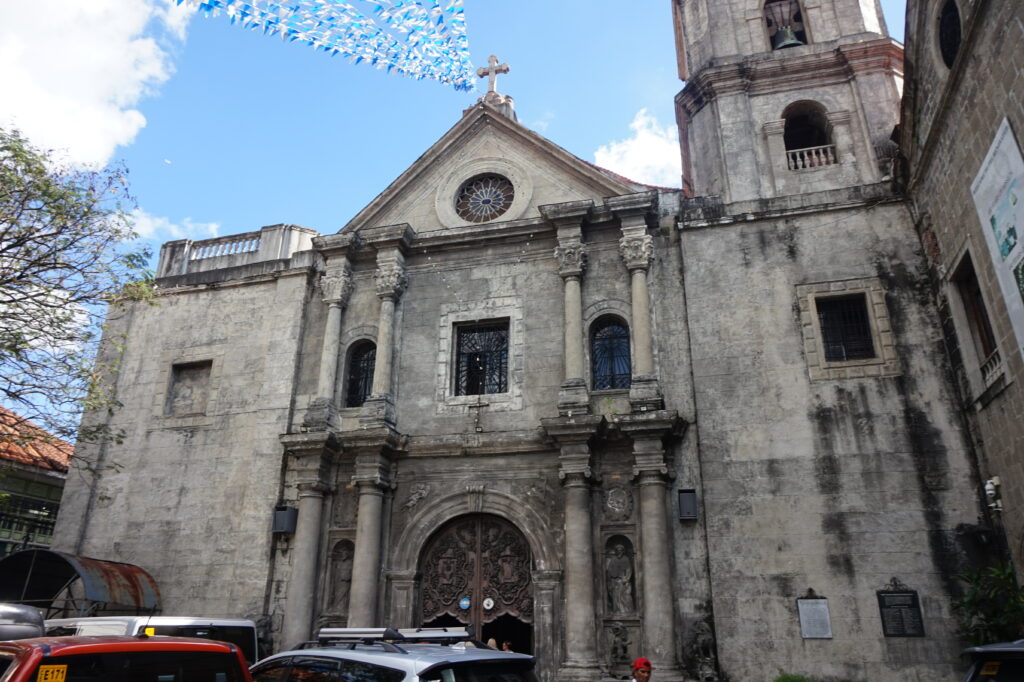
The entrance to the museum is on the right side. Walk in the main entrance to see a bit of the church for free!
Explore San Agustin Church
I recommend that you spend 1-2 hours at least for San Agustin Church. The museum is very interesting and full of historical effects.
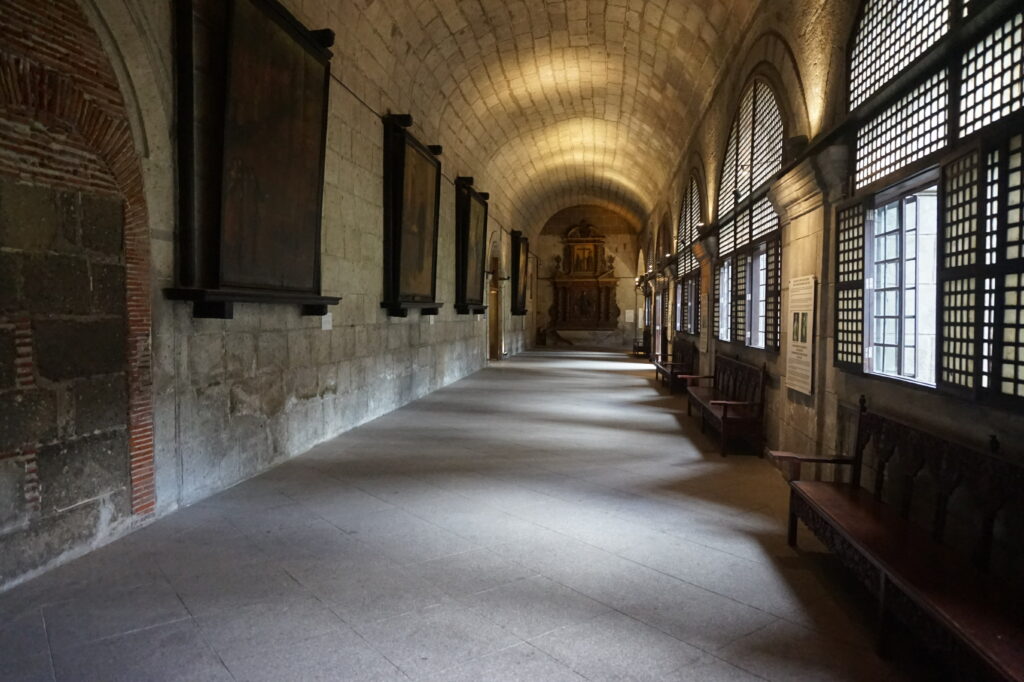
A Masterpiece of Baroque Architecture
San Agustin Church is famous for its breathtaking baroque architecture. The facade is characterized by intricate carvings and a symmetrical design which leads to an equally impressive interior. The trompe-l’œil ceiling paintings, a baroque technique that creates an optical illusion of three-dimensionality, are particularly noteworthy. The church also features a majestic altar and several beautifully gilded side chapels.
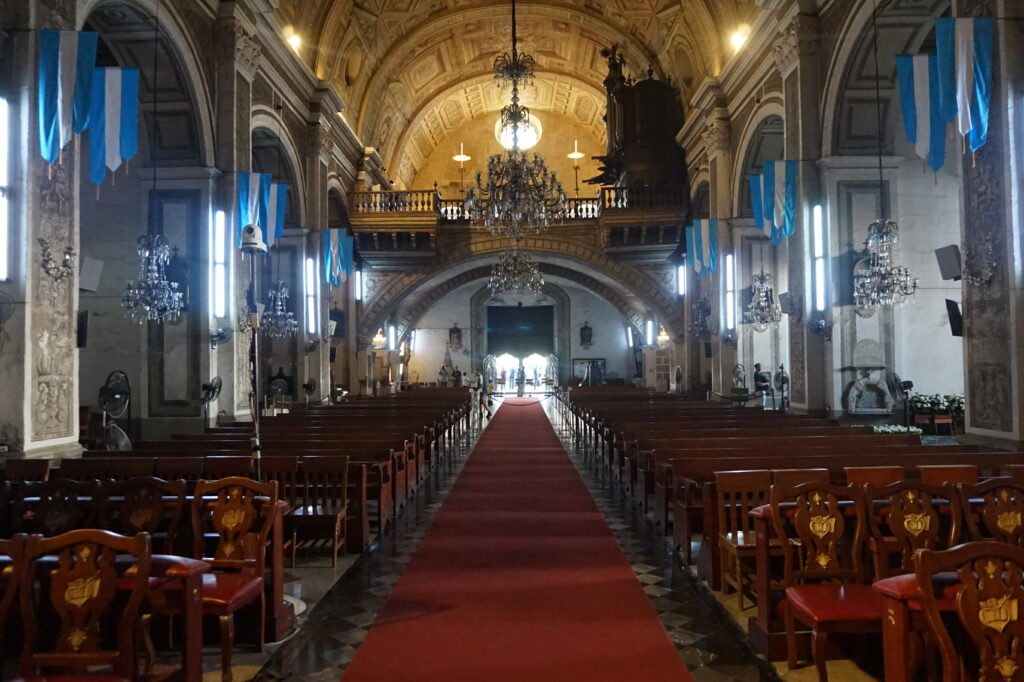
Inside San Agustin Church: A Treasure Trove of Art and History
The church’s interior is a stunning display of religious artwork. It houses a vast collection of valuable ecclesiastical artifacts, which include antique carvings, paintings, and vestments. The tombstones set on the floor commemorate numerous significant historical figures, further emphasizing the church’s historical importance.

San Agustin Church Museum: A Journey Through Time
Next to the church is the San Agustin Museum, which displays a vast collection of religious art, artifacts, and relics that offer a glimpse into the Philippines’ religious past. The museum’s highlights consist of the choir loft, featuring 17th-century Molave seats, and the Sacristy, which houses a range of colonial vestments and liturgical items.
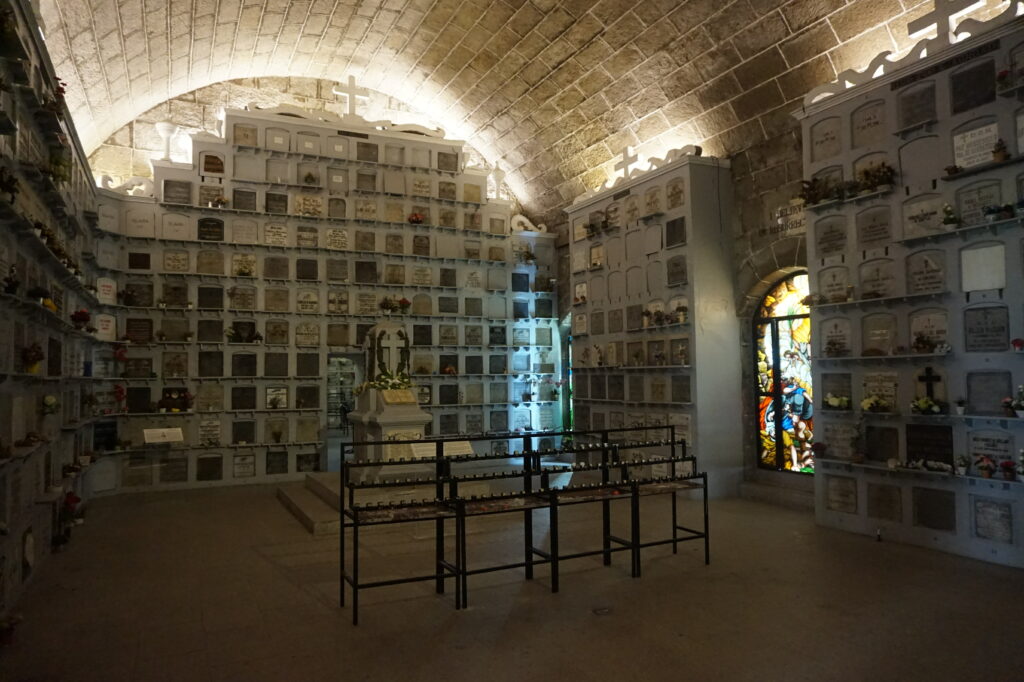
The museum and the church have open doors between them, and from the museum, you can even enter the balcony inside the church! Offering a magnificent view.
Celebrating Faith – The Role of San Agustin Church in Filipino Spirituality
San Agustin Church in Manila continues to serve as a significant site for Catholic ceremonies and an active place of worship. It plays a vital role in the spiritual life of the local community, with regular masses, weddings, and baptisms taking place within its sacred walls.

Is San Agustin Church Worth a Visit?
San Agustin Church is not just an architectural marvel but a living museum and a beacon of faith. Its walls narrate stories of resilience, art, and spirituality, making it a must-visit for anyone traveling to Manila.
Whether you are a tourist, history enthusiast, art lover, or spiritual seeker, San Agustin Church is worth a visit!

